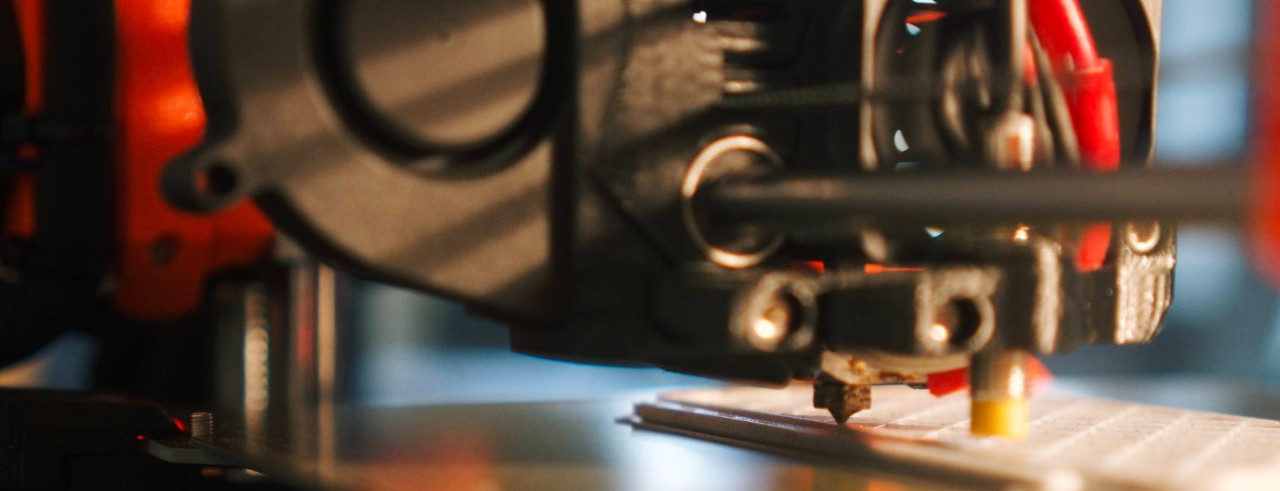
Design World: Medical applications of 3-D printing
The advent of CAD and 3-D printing have led to advances in many industries, including health care.
Frank J. Rybicki, MD, professor and vice chair of quality and safety in the University of Cincinnati College of Medicine's Department of Radiology, spoke with Design World about the use of 3-D medical models. In 2019, the American Medical Association approved four initial codes used to submit reimbursement requests for 3-D printed models as part of medical procedures.
“The American College of Radiology and the Radiological Society of North America (RSNA) had been working toward those codes for the changes for some time. Medical models and surgical guides have been 3-D printed for well over a decade, as niche applications, without CPT codes,” Rybicki said. "However, when applying for CPT codes, it became clear that this ‘general acceptance’ lacked peer-reviewed literature to demonstrate value.”
Rybicki founded a RSNA special interest group on 3-D printing that is gathering clinical data with the aim of setting formal code nomenclature and standards of the use of medical 3-D printing.
Read the Design World article.
Featured photo courtesy of Unsplash.
Related Stories
Mural by UC grad honors U.S. military history
July 17, 2024
Local 12 highlighted a new mural by University of Cincinnati graduate and artist Brandon Hawkins that pays tribute to U.S. military history.
Social media fuels extreme political rhetoric
July 17, 2024
UC College of Arts and Sciences Professor Jeffrey Blevins tells Local 12 that online algorithms fuel political polarization on social media.
Camp aims to empower children, teens who stutter
July 17, 2024
A one-week, evidence-based program for children and teens who stutter at the University of Cincinnati will teach kids to communicate effectively, advocate for themselves and develop confidence about their communication abilities. Camp Dream. Speak. Live., which is coming to Cincinnati for the first time July 22-26, began in 2014 at the University of Texas at Austin. The Arthur M. Blank Center for Stuttering Education and Research at UT expects to serve more than 2,000 children at camps across the United States, Africa, Asia and Europe this year.
